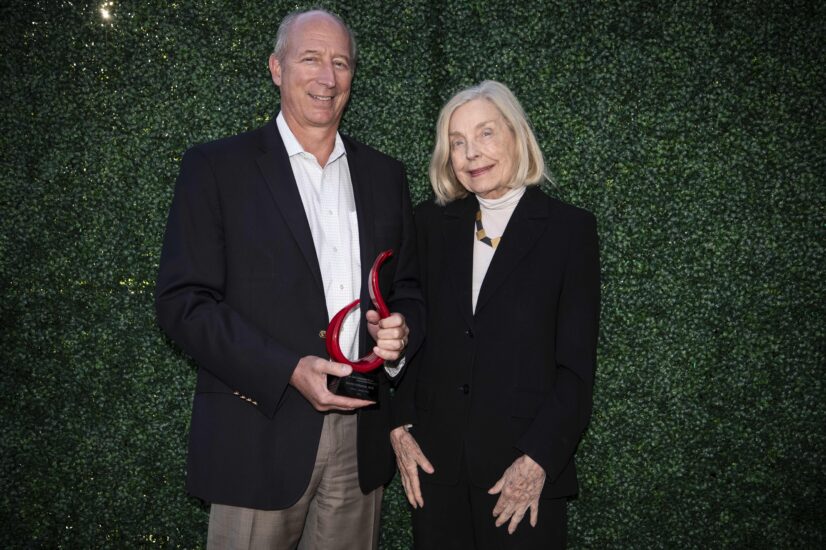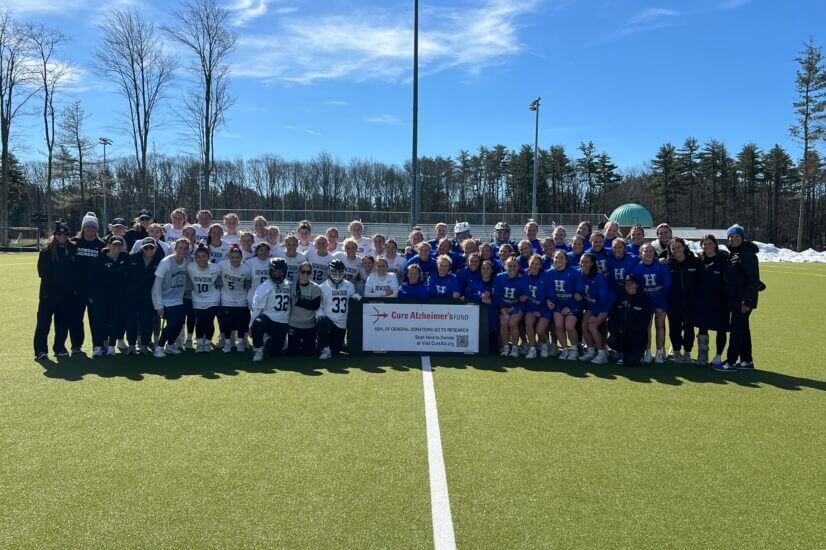
Posted December 23, 2009
Boston—A new study published in Molecular Neurodegeneration unexpectedly showed that a retired Russian hay fever drug, Dimebon, which has shown promise in improving and stabilizing cognition in Alzheimer’s disease, has the surprising effect of increasing the levels of beta amyloid peptide, a molecule that is tied to the development of Alzheimer’s. Previous work aimed at treating or preventing the devastating disease has focused on lowering levels of beta amyloid peptide.
Funded by Cure Alzheimer’s Fund, the new studies on Dimebon, which is produced by Medivation, Inc., and now owned by Pfizer, Inc., were first announced on July 15 at the Alzheimer’s Association 2009 International Convention on Alzheimer’s Disease (ICAD 2009) in Vienna, Austria by Dr. Sam Gandy, Mount Sinai Professor in Alzheimer’s Disease Research at the Mount Sinai School of Medicine in New York NY and a member of the Cure Alzheimer’s Fund research consortium.
John Cirrito PhD, and David M. Holtzman, MD, Professor and Chairman of the Department of Neurology at Washington University in St Louis, St Louis, MO, joined Dr. Gandy in his research. Dr Holtzman is also a member of the Cure Alzheimer’s Fund research consortium.
The idea to study Dimebon and beta amyloid peptide arose from a clinical trial conducted in Russia that showed promising clinical benefits. The newly published experiments involved mice that carry human Alzheimer’s genes and develop brain protein structures that demonstrate the same characteristics as human Alzheimer’s.
“This was quite an unexpected result, and there is still a lot of research to be done on Dimebon. I wouldn’t be surprised to see a different result in chronic dosing with the drug. But I am amazed to see such promise from a drug that origin ally had nothing to do with Alzheimer’s,” Gandy said. “Bachurin and Hung (of Medivation) and their academic colleagues have shone a light on something that might help us to better understand this devastating disease and how to combat it.”
Since 1986, genetic evidence, largely the work of Rudolph Tanzi, PhD, Professor of Neurology and Genetics at Massachusetts General Hospital and Director of the Cure Alzheimer’s Fund Genetic Initiative, has linked every AD mutation to enhancement of beta amyloid buildup. Dr. Gandy’s research took a new approach to fighting that buildup, and, Gandy says, “The Dimebon story, however unexpected, does nothing to diminish the profound importance of amyloid in Alzheimer’s genetics.”
“Dr. Gandy’s work is remarkable, and we are lucky to have him as an ally in our battle against Alzheimer’s disease,” said Tim Armour, President and CEO of Cure Alzheimer’s Fund.
About Cure Alzheimer’s Fund
Cure Alzheimer’s Fund™ is a 501c3 public charity whose mission is to fund research with the highest probability of slowing, stopping or reversing Alzheimer’s disease. Cure Alzheimer’s Fund is characterized by a venture approach to philanthropy, which targets funding to specific research objectives. All expenses and overhead is paid for by its founders and all contributions go directly to research. The Foundation has no financial or intellectual property interest in the research funded, and will make known the results of all funded research as soon as possible. Cure Alzheimer’s Fund is a national organization with offices in Boston and Pittsburgh. For more information, visit www.curealzfund.org.
###





